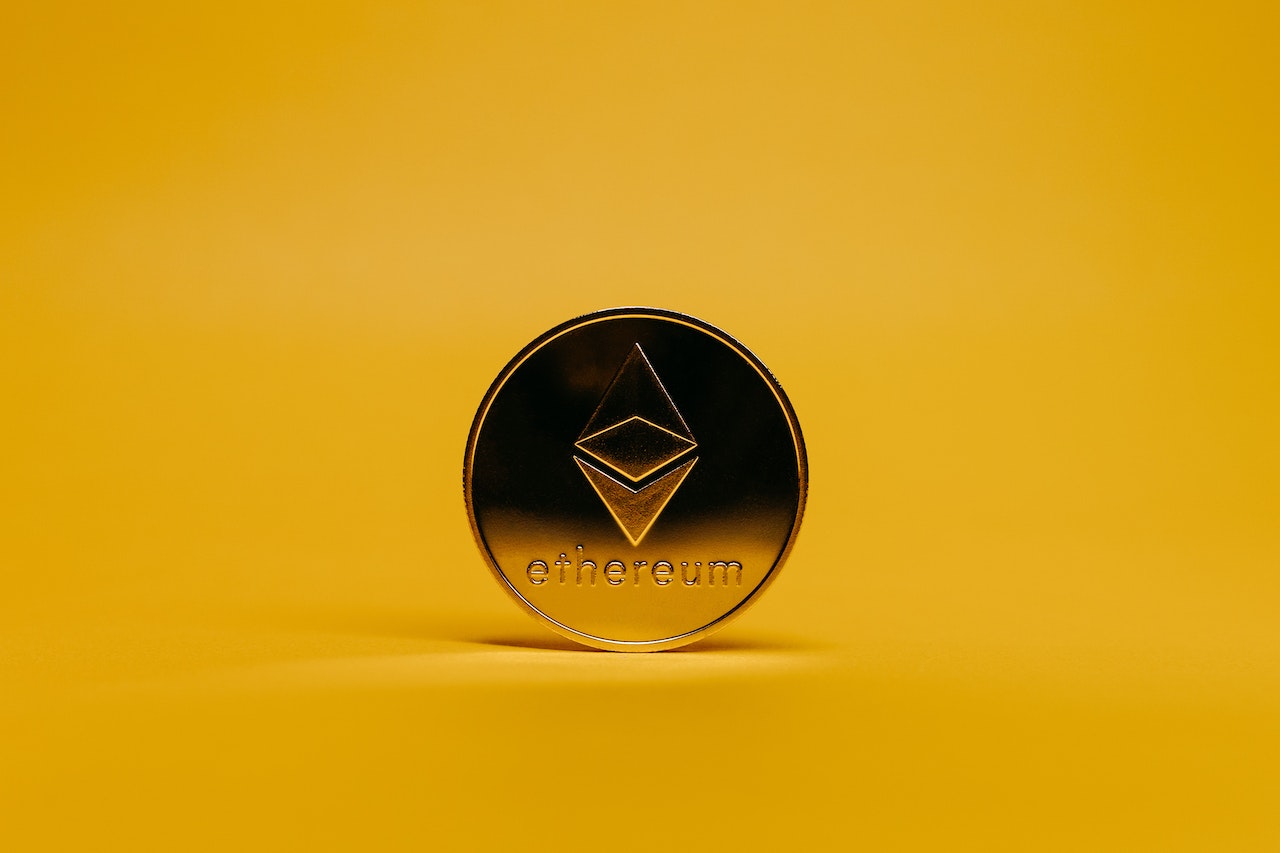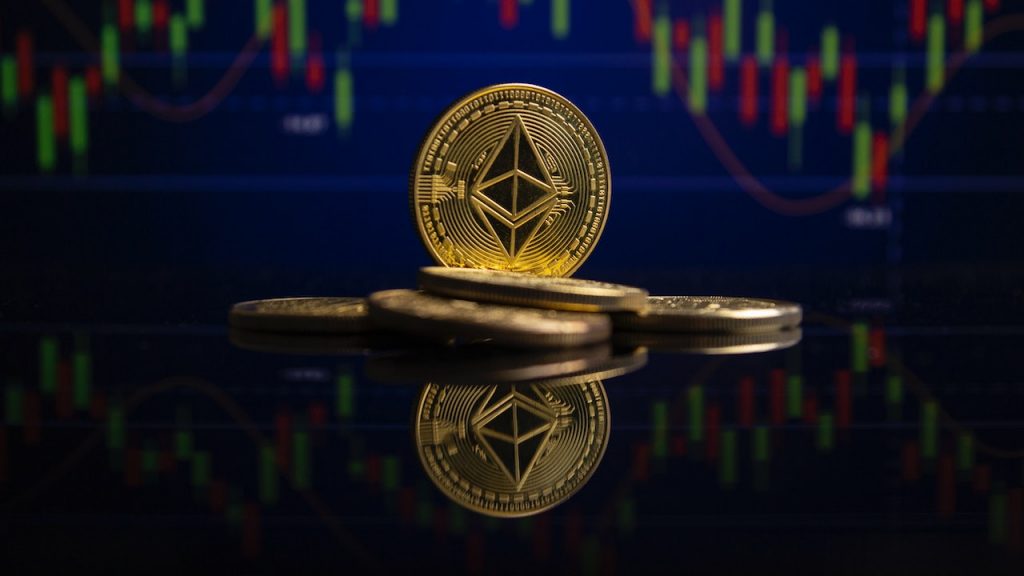
James Carter
Ethereum Deflation Rises-Here’s What That Means for the ETH Price

According to data from crypto analytics firm Glassnode, the annualized daily net inflation rate of the Ether (ETH) supply hit a record low of -2.772% on Tuesday. Ether is the token that runs the smart-contract-enabled Ethereum blockchain, which is the largest blockchain in the world right now in terms of the number of decentralized applications that use it. By market capitalization, Ether is the second largest cryptocurrency.
Since then, Ether’s net inflation rate has gone up, and as of Sunday, it was around -1%. But over the last month, there has been a clear trend. The rate at which the amount of Ether is going down, or deflating, is getting faster. And if things keep going the way they are in the Ethereum network, the rate of deflation could speed up even more, which many analysts think would be good for the price of ETH.
How Higher Gas Fees Drive Faster ETH Deflation
Glassnode says that at 64 Gwei, the price of gas on the Ethereum network hit its highest point in seven months. The value of 1 Gwei is 0.000000001 ETH. The minimum gas fee (in Gwei) that a user needs to pay for a transaction is found by multiplying the Gwei Gas Price by the Gas Limit, which is currently 21,000.
So, when the price of gas hit 64 Gwei on Tuesday, users had to pay at least 1,344,000 Gwei, or 0.001344 ETH, per transaction. Based on how much Ether cost when it closed last Tuesday, that’s about $2.10. By Sunday, the price of gas had dropped to around 30 Gwei, which meant a transaction fee of 0.00063 ETH, or about $1.06 based on the price of Ether at the end of the day on Sunday.
The rate at which Ether is burned is directly linked to the price of gas, which is shown by the value of Gwei. Before we can figure out why we need to quickly understand how the fee structure of the Ethereum network works. There are two different parts to network fees. The first is a base fee that all users must pay to make sure that their transaction is accepted and processed on the blockchain.
Then there is a tip that users can pay if they want their transaction to be done faster. The Ethereum network automatically figures out the base fee, which goes up when there are a lot of users on the network. Ethereum Improvement Proposal (EIP) 1559, which was added to the Ethereum code during the London hardfork in August 2021, says that all of these base fees paid by users must then be burned, which takes the tokens out of circulation for good.
So, when the base gas fee goes up, so does the rate at which Ether is burned. This can be seen in the chart above. The red bars show the rate at which ETH is burned because of EIP 1559. When this burn rate is higher than the rate of new ETH being made, which is about 0.55%, the amount of ETH will go down. The nodes and stakers who protect the Ethereum network are given ETH.

The ETH Deflation Rate Could Accelerate Further
There are signs that the number of transactions on the Ethereum network has been going up this year, and this could keep happening, putting more pressure on gas fees to go up and increasing the rate at which ETH is burned. DeFi Llama says that the total amount of money locked up in smart contracts on the Ethereum network, called trade value locked (TVL), was about $54 billion as of last week. This is up from about $35 billion at the beginning of the year.
The rise in cryptocurrency prices can explain some of this. But the value of TVL in ETH has gone up from 31 million at the beginning of the year to around 32.3 million. Even though the number and size of ETH transactions on the Ethereum network haven’t changed much in the last year, the number of what are called “internal smart contract calls” (calls made from within a smart contract that has already been executed) has been going up over the last few months, which shows that more smart contracts are being used on the network.
Ether is up about 42% this year, and if crypto prices keep going up, investors are likely to start investing again in Decentralized Finance (DeFi) because market sentiment is getting better. Early in 2022, the daily annualized burn rate for ETH (EIP 1559) was as high as 6.0% due to high network traffic.
At the time, the Ethereum blockchain was still run by the much more energy-intensive proof-of-work consensus mechanism. Because the miners who ran the network had to pay much more for energy and miner rigs, Ethereum’s issuance rate was much higher, at around 4.4% to 4.6% per year. That means that the rate of deflation for Ether never went above about 1.5%.
But if the burn rate of EIP 1559 goes back up to where it was in early 2022, Ether’s deflation rate could reach a shocking 5.5%. It’s impossible to know what will happen to Ethereum network gas fees and the rate at which ETH is burned in the future.
But one thing is certain: the fact that ETH is a deflationary asset should help it keep its value over the next few years. Many analysts think that ETH has a good chance of catching up to or even passing BTC in terms of market capitalization. This is because DeFi adoption is going to pick up, and the Bitcoin supply is still growing at about 2% per year (until the next halving in about a year and a half).
Latest
Ethereum
09 May 2024
Ethereum
19 Apr 2024
Ethereum
16 Jan 2024
Ethereum
31 Aug 2023
Ethereum
24 Jun 2023
Ethereum
24 Jun 2023













